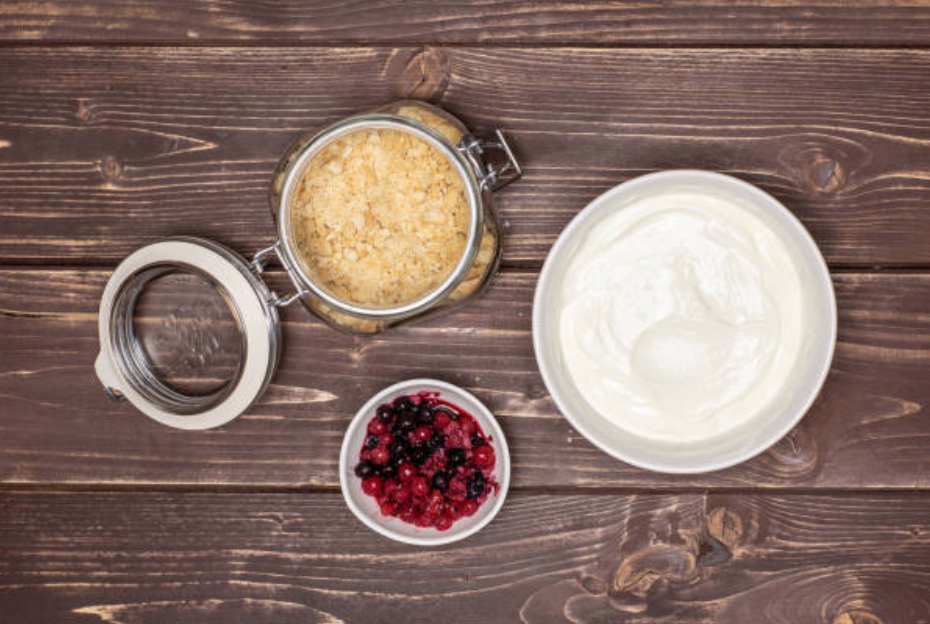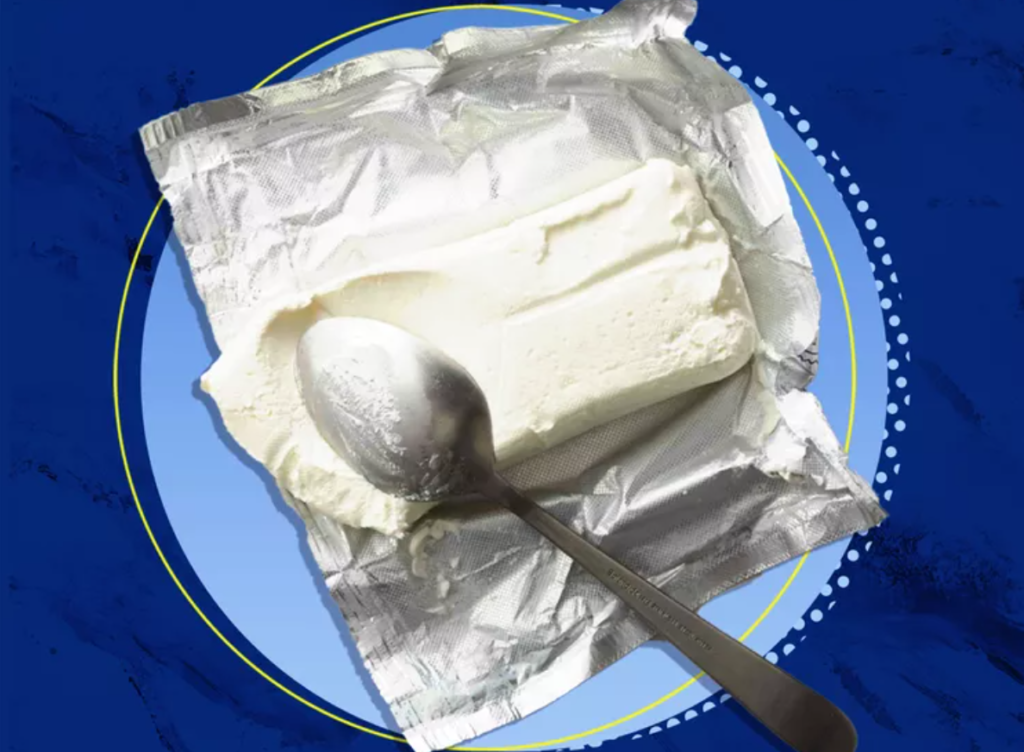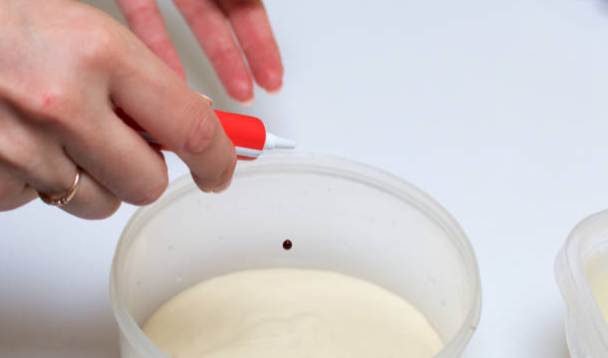Table of Contents (Headlines Only):
- What Is Philadelphia Cream Cheese?
- Ingredients in Philadelphia Cream Cheese
- What Is Philadelphia Cream Cheese Filling?
- Common Ingredients in Philadelphia Cream Cheese Filling Recipes
- How to Make Philadelphia Cream Cheese Filling
- Variations of Philadelphia Cream Cheese Filling
- Recent Recipes
- Frequently Asked Questions (FAQs)
- Conclusion
What is in Philadelphia Cream Cheese Filling?
Philadelphia cream cheese is one of the most well-known and beloved cream cheese brands, frequently used in a variety of desserts, fillings, and frostings. If you’ve ever wondered what makes Philadelphia cream cheese filling so rich and creamy, you’re in the right place. This guide will break down the ingredients in Philadelphia cream cheese filling, discuss its versatile uses, and provide tips on how to make the perfect cream cheese filling at home.
What Is Philadelphia Cream Cheese?

Before diving into the ingredients of Philadelphia cream cheese filling, it’s essential to understand what Philadelphia cream cheese itself is. Philadelphia cream cheese is a soft, fresh cheese made from milk and cream. Unlike aged cheeses, cream cheese is mild, smooth, and spreads easily. Philadelphia is a widely recognized brand known for its consistent quality and rich flavor.
Key Characteristics of Philadelphia Cream Cheese:
- Smooth texture: Perfect for spreading, mixing, or using as a base for fillings.
- Mild, slightly tangy flavor: Adds a creamy richness to both sweet and savory recipes.
- Versatility: Used in everything from bagel spreads to cheesecakes and frostings.
Ingredients in Philadelphia Cream Cheese
At its core, Philadelphia cream cheese consists of just a few basic ingredients, but these are key to its rich, creamy texture and flavor. Here’s what you’ll typically find in Philadelphia cream cheese:
1. Pasteurized Milk and Cream
- Role: The primary ingredients in Philadelphia cream cheese are pasteurized milk and cream.
- Why It’s Important: These provide the rich, creamy texture that is characteristic of cream cheese. The higher fat content in the cream ensures a smooth consistency that holds up well in recipes like cheesecakes and frostings.
2. Salt
- Role: Enhances flavor.
- Why It’s Important: The small amount of salt added to the cream cheese helps to balance the tanginess and adds depth to the flavor profile.
3. Carob Bean Gum
- Role: Stabilizer.
- Why It’s Important: This natural stabilizer helps to maintain the texture of cream cheese, ensuring that it stays smooth and doesn’t separate during mixing or storage.
4. Cheese Culture
- Role: Provides a slightly tangy flavor and helps with texture development.
- Why It’s Important: The culture gives cream cheese its subtle tang and contributes to the smooth, spreadable consistency.
5. Acidity Regulators
- Role: Maintain the pH balance.
- Why It’s Important: These keep the cream cheese at the right acidity level, ensuring it remains stable during storage and use.
What Is Philadelphia Cream Cheese Filling?
Philadelphia cream cheese filling is a smooth and rich mixture used in a variety of desserts like cheesecakes, pastries, and frostings. While Philadelphia cream cheese serves as the base, additional ingredients are usually added to create a versatile filling that can be sweetened, flavored, or thickened as needed.
Common Ingredients in Philadelphia Cream Cheese

When making Philadelphia cream cheese filling at home, the base ingredient is always Philadelphia cream cheese, but several other ingredients are often added to achieve the perfect filling consistency and flavor. Here’s a breakdown of the most commonly used ingredients:
1. Powdered Sugar
- Role: Sweetens and helps thicken the filling.
- Why It’s Important: Powdered sugar dissolves easily and helps create a smooth, creamy texture while adding sweetness to the filling. It’s a key ingredient in frostings and dessert fillings.
2. Vanilla Extract
- Role: Enhances the flavor.
- Why It’s Important: A small amount of vanilla extract adds a subtle sweetness and complexity to the cream cheese filling, making it perfect for desserts like cheesecakes, cupcakes, or layer cakes.
3. Heavy Cream or Sour Cream
- Role: Adds creaminess and adjusts the consistency.
- Why It’s Important: Both heavy cream and sour cream can be used to achieve a silkier texture. Heavy cream makes the filling richer, while sour cream adds a slight tang that complements the cream cheese’s flavor.
4. Lemon Juice or Zest
- Role: Adds brightness and balance to the flavor.
- Why It’s Important: Adding a touch of lemon juice or zest can brighten the flavor of the filling, cutting through the richness and providing a refreshing balance.
5. Eggs (for Baked Cheesecake Fillings)
- Role: Helps the filling set during baking.
- Why It’s Important: Eggs bind the filling together and create a custard-like texture in baked cheesecakes, making the filling firm enough to hold its shape once cooled.
How to Make Philadelphia Cream Cheese Filling
Now that we know the basic ingredients, let’s dive into how to make a classic Philadelphia cream cheese filling that can be used for cheesecakes, frostings, or even stuffed pastries.
Ingredients:

- 2 packages (8 oz each) Philadelphia cream cheese, softened
- 1 cup powdered sugar, sifted
- 1 teaspoon vanilla extract
- 1/2 cup heavy cream or sour cream (optional for creaminess)
- Optional: Lemon juice or zest for added flavor
Instructions:
- Soften the Cream Cheese: Ensure your Philadelphia cream cheese is softened to room temperature for easier mixing.
- Mix the Cream Cheese and Sugar: In a large bowl, beat the cream cheese and powdered sugar together using an electric mixer until smooth and creamy.
- Add Vanilla and Cream: Mix in the vanilla extract and, if desired, the heavy cream or sour cream. This will give the filling a smooth, rich texture.
- Adjust the Consistency: If your filling needs to be thicker for piping or spreading, refrigerate it for 20-30 minutes. For a lighter filling, gently fold in whipped cream for a fluffier texture.
This basic recipe can be used in a variety of desserts, including cheesecakes, cupcakes, and even as a frosting for cakes.
For more ideas on customizing cream cheese fillings, explore our collection of dessert guides.
Variations of Philadelphia Cream Cheese Filling

The basic recipe for Philadelphia cream cheese filling can be easily customized to fit different desserts or flavor preferences. Here are some popular variations:
1. Chocolate Cream Cheese Filling
- What Makes It Special: Add melted chocolate or cocoa powder to create a rich, chocolatey version of the filling.
- Best for: Cheesecakes, brownies, or layered cakes.
2. Berry Swirl Cream Cheese Filling
- What Makes It Special: Swirl in a fruit puree or jam (such as strawberry or raspberry) to add a fruity contrast to the rich cream cheese.
- Best for: No-bake cheesecakes, cupcakes, or fruit tarts.
3. Lemon Cream Cheese Filling
- What Makes It Special: Add lemon juice and zest for a bright, tangy filling.
- Best for: Light, refreshing desserts like lemon bars, cheesecakes, or lemon cupcakes.
For more variation ideas and flavor pairings, check out our recipe collections.
Recent Recipes
Frequently Asked Questions (FAQs)
1. Can I use low-fat Philadelphia cream cheese for cream cheese?
Yes, you can use low-fat Philadelphia cream cheese, but keep in mind that the texture may be less creamy and rich than full-fat cream cheese. For the best results, use full-fat cream cheese in dessert fillings.
2. How long can I store Philadelphia cream cheese filling?
Cream cheese filling can be stored in an airtight container in the refrigerator for up to 3-5 days. Make sure to cover it properly to prevent it from absorbing other flavors from the fridge.
3. Can I freeze Philadelphia cream cheese filling?
Yes, you can freeze Philadelphia cream cheese. However, freezing may alter the texture slightly, making it a bit grainier once thawed. For best results, use it fresh or freeze it for short-term storage (up to 1 month).
4. Why is my Philadelphia cream cheese filling too runny?
If your filling is too runny, it could be due to overmixing or adding too much liquid. To fix this, refrigerate the filling for 20-30 minutes or add more powdered sugar or cornstarch to thicken it.
5. How do I make my Philadelphia cream cheese filling thicker?
To thicken your filling, you can:
- Refrigerate it for 30 minutes to allow the fats to firm up.
- Add more powdered sugar or a tablespoon of cornstarch to absorb excess moisture.
- Reduce the amount of liquid (such as heavy cream or milk) in the recipe.
Conclusion
Philadelphia cream cheese is a versatile, rich, and creamy addition to a wide range of desserts. With just a few simple ingredients like cream cheese, powdered sugar, and vanilla, you can create a smooth filling that elevates cheesecakes, frostings, and pastries. Whether you stick to the classic version or experiment with different flavors like chocolate, lemon, or berry, cream cheese provides the perfect base for a decadent dessert filling. Understanding the ingredients and how to use them effectively will help you achieve the best texture and flavor every time.

